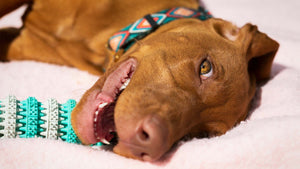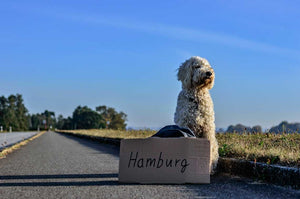Your Cart is Empty
💗FREE shipping on Oprah's Favorite Dog Walking Bag! Everything ships FREE on orders over $30 💗
💗FREE shipping on Oprah's Favorite Dog Walking Bag! Everything ships FREE on orders over $30 💗
💗FREE shipping on Oprah's Favorite Dog Walking Bag! Everything ships FREE on orders over $30 💗
💗FREE shipping on Oprah's Favorite Dog Walking Bag! Everything ships FREE on orders over $30 💗
Add description, images, menus and links to your mega menu
A column with no settings can be used as a spacer
Link to your collections, sales and even external links
Add up to five columns
Add description, images, menus and links to your mega menu
A column with no settings can be used as a spacer
Link to your collections, sales and even external links
Add up to five columns
April 01, 2025 5 min read
After you’ve adopted a sweet puppy, we at Puppington know that the last thing you want to do is leave them in a crate. But even though it’s hard to be away from our pups, sometimes life calls and we have to answer! When you do have to leave your puppy, it’s really important to make sure they’ll be safe while you’re away. Using a crate is one of the best ways to do this, but our pups often aren’t so keen on the idea. Fortunately for you and your pup, Puppington has all the right tips on how to crate train your puppy for the first time!
If you have been debating whether to crate train your puppy or not, the honest answer is that it is always better to be safe than sorry. Here are our best tips for how to crate train your puppy successfully:
Dos:
Don’t
The best way to crate train a puppy is to help them associate their crate with positive memories and rewards. Use reward-based training to get your puppy accustomed to the crate. Make sure their crate is a comfortable but safe environment. And always remember to be patient with your pup– crate training can be a long process, but if you use plenty of positive strategies, your pup will be used to their crate in no time!


Comments will be approved before showing up.